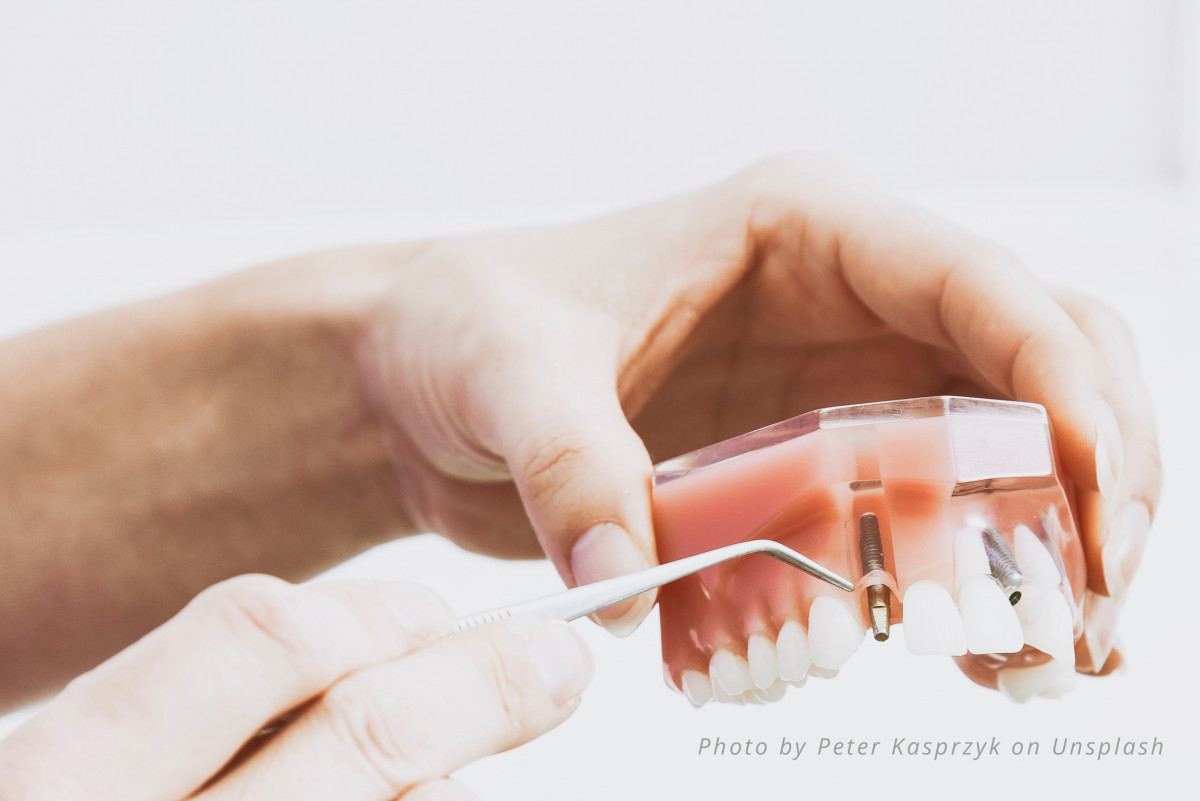
Loss of tooth
leads to a change and adjustment of all surrounding tissues and neighbouring
teeth. The tooth, i.e. tooth root is surrounded by bone which is support for
the tooth and the chewing forces are transferred from the tooth, to the
periodontium to the bone.
Loss of tooth i.e. extraction of root from the
bone leads to a reduction of the volume of bone and gingiva, i.e. their
receding. Loss of tooth will also happen if an inflamed tooth or root stay in
the bone. Dental implants and natural tooth roots allow the bone to stay in
function and prevent further bone receding.
Apart from the changes in the
bone, there could be smaller or bigger changes in the surrounding teeth and in
the opposite jaw teeth. The neighbouring teeth can lean toward the place where
the extracted tooth used to be, while the opposite jaw teeth can grow toward
the area where the extracted tooth used to be, which leads to the changes of
the plane where chewing takes place.
Changes in the position of teeth can lead
to chewing problems, inability to chew or various parafunctional movements, as
a consequence of improper position of the upper and lower jaw teeth. Parafunctional
movements cause teeth grinding so it is important to discover the causes and
prevent further consequences of such movements.
Apart from that, loss of teeth
can lead to changes in chewing which causes overload of other groups of teeth,
e.g. loss of side teeth causes damage to the front teeth, which among other
things ruins the aesthetics of teeth. It also often leads to excessive wearing
of some teeth.
Furthermore,
there could be problems with opening the mouth, changes and pain in temporomandibular joints and muscle pain.
We mentioned some of the
consequences of tooth loss. The consequences are, naturally, more prominent if
they comprise a number of teeth and if they are accompanied by other processes.
All of this points to the importance of prosthetic and implant rehabilitation
in cases when the chewing function is not adequate or satisfactory.